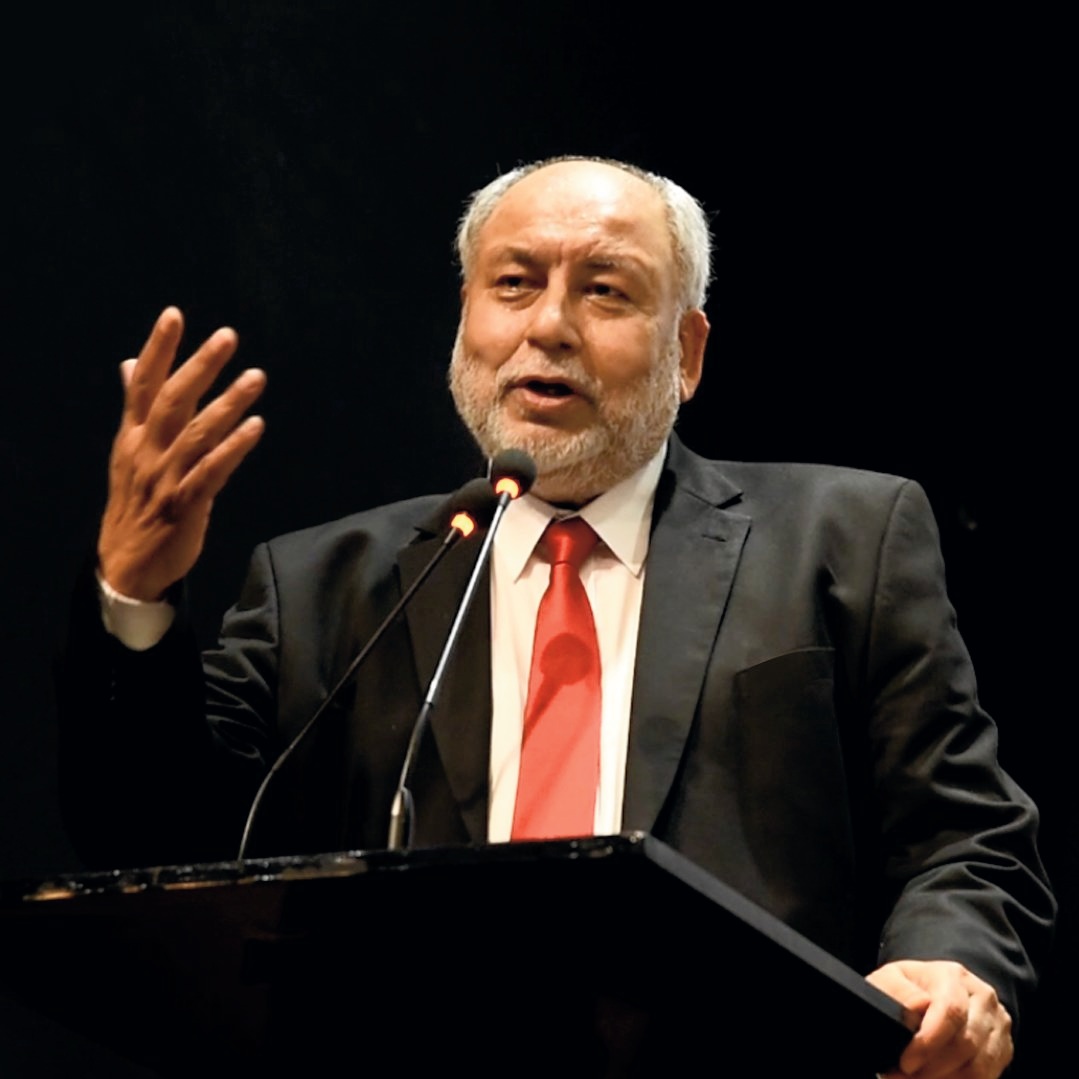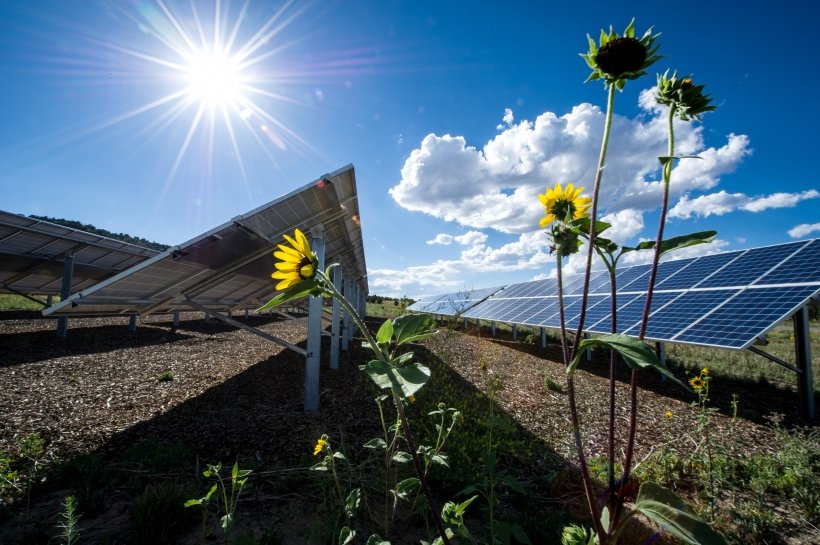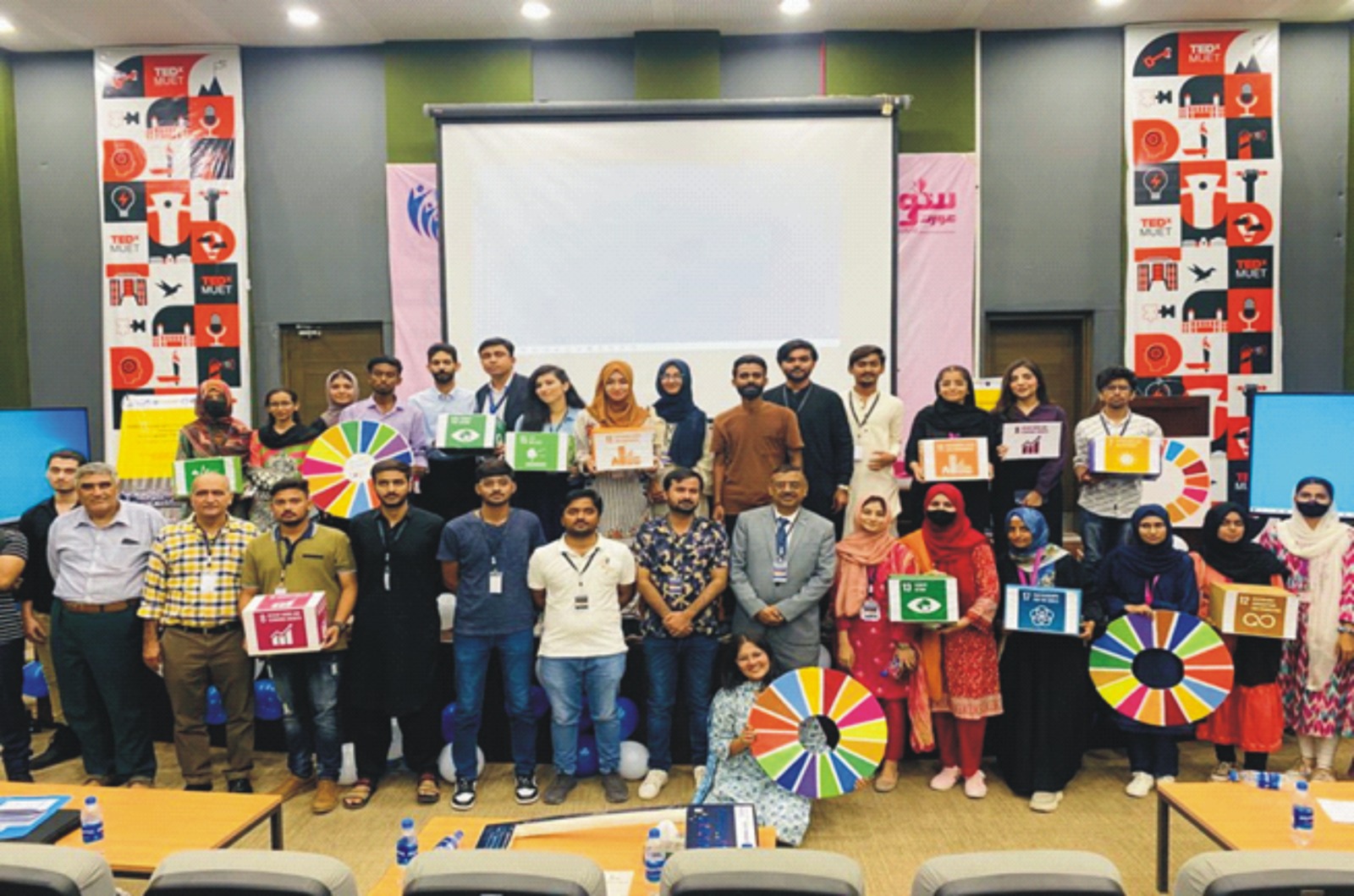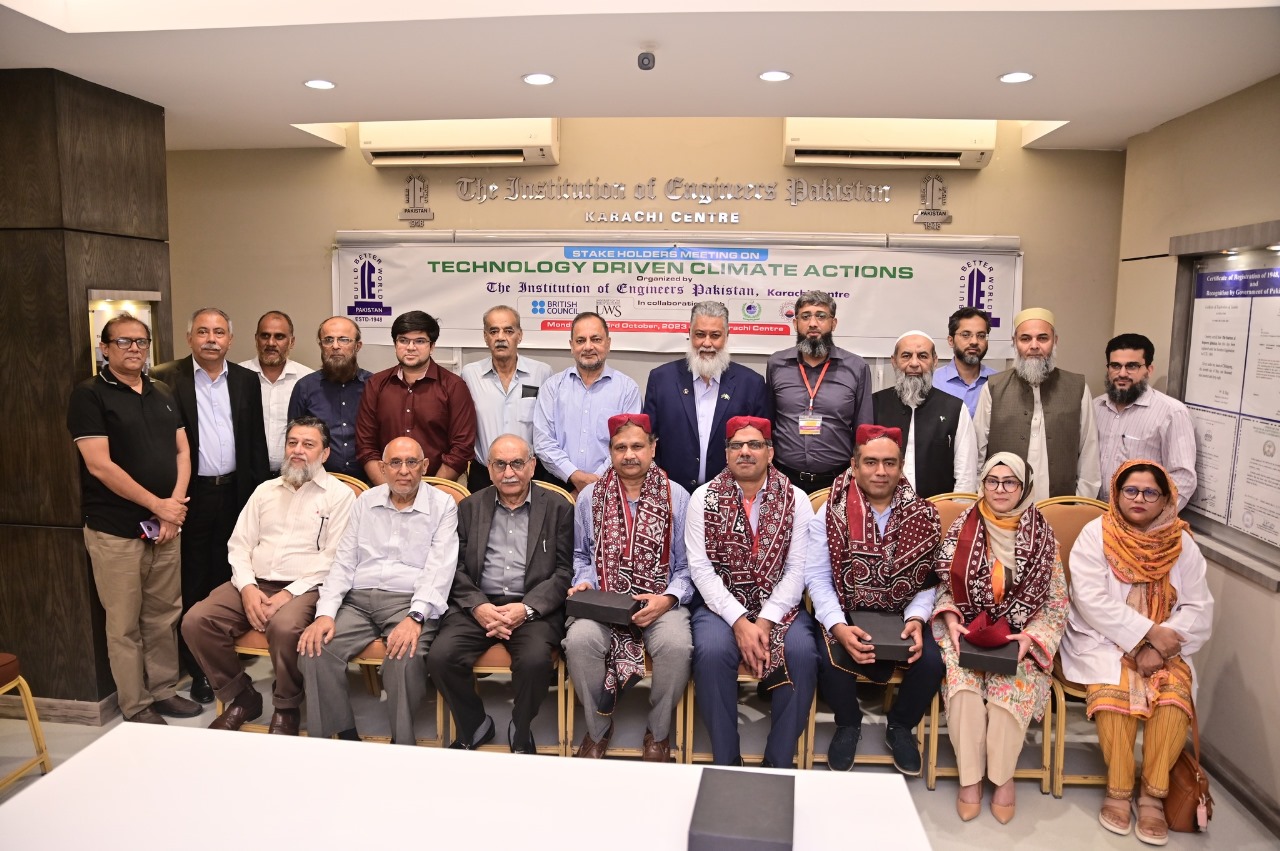Outlines of Triangular Contest for PEC Chairman Appear on HorizonThree contestants of Engr. Haroon in National Engineers likely to step back
Backstage exchanges with several engineers stalwarts around the country suggest that the National Engineers—the alliance ruling Pakistan Engineering Council (PEC)—has […]





